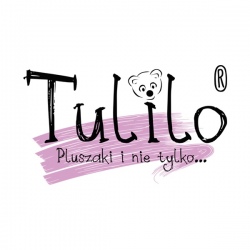Export of Sweets: Poland Among the Leading Exporters
What actions can Polish confectionery manufacturers take to further enhance the competitiveness of their products in international markets?
The export of sweets from Poland is a dynamically growing sector of the food industry, contributing to the country’s economic growth and strengthening its position in the international market. For years, Poland has been among the top producers and exporters of confectionery in Europe, and products from Polish brands are recognized worldwide for their high quality, diverse flavors, and competitive prices.
One of the key factors behind the success of Polish sweets is the tradition of their production, which dates back hundreds of years. Poland's confectionery scene is known for a wide variety of products, such as chocolates, candies, wafers, gingerbread, and bars. Toruń gingerbread, in particular, has become one of the most recognizable Polish products abroad. Meanwhile, chocolates and pralines produced by Polish companies are appreciated for their carefully selected ingredients and advanced manufacturing technologies.
According to data from the Central Statistical Office and industry reports, the export of Polish confectionery has been growing dynamically in recent years. In 2022, the value of Polish sweet exports reached approximately €3.2 billion, representing an increase of over 15% compared to the previous year. The largest recipients of Polish confectionery are EU countries, such as Germany, the United Kingdom, the Czech Republic, France, and Italy. Germany remains the largest export market, accounting for about 25% of the total export value. Exports to non-EU countries, such as the United States, Russia, and Middle Eastern countries, also play a significant role.
Poland also stands out among other European countries in terms of the variety of confectionery products. The range includes both mass-market and premium products, enabling effective competition with other producers in various markets. In recent years, increasing emphasis has been placed on organic products and sugar-free sweets, responding to changing consumer needs.
The growth of confectionery exports is also the result of investments in production technology, marketing, and logistics. Polish confectionery companies increasingly participate in international fairs, such as ISM in Cologne, which helps establish trade relationships with foreign partners. Promotional campaigns for Polish products in international markets, implemented by organizations such as the Polish Investment and Trade Agency and the Ministry of Development and Technology, are also of great importance.
Another important factor in the success of Polish sweets on the international stage is their competitive pricing. Thanks to relatively low production costs compared to Western European countries, Polish companies can offer high-quality products at attractive prices. At the same time, many brands focus on innovation, introducing new flavors and product forms that attract consumer attention.
Despite these successes, the Polish confectionery industry faces many challenges. Rising costs of raw materials, such as sugar, cocoa, and milk, significantly affect producers' margins. Competition from global industry giants, who have larger promotional budgets and more extensive distribution networks, is also a challenge.
The Polish confectionery industry plays an important role in building the country’s positive image worldwide. Confectionery products are often perceived as ambassadors of Polish culture and tradition, contributing to increased interest in Poland as a tourist and investment destination. Sweets are also a significant export element in trade with non-European partners, allowing market diversification and reducing dependence on the EU.
The export of sweets from Poland is an example of success based on the harmonious combination of tradition and modernity. The dynamic growth of this sector shows that Polish producers are able to adapt effectively to changing market conditions while maintaining the unique character of their products. With further investments in innovation, marketing, and the development of distribution networks, Poland has the opportunity to strengthen its position among the world's largest confectionery exporters.
To enhance the competitiveness of Polish sweets in international markets, it is essential to focus on product innovations that address changing consumer needs. Introducing new flavors, forms, and types of confectionery, such as organic, vegan, gluten-free, or sugar-free sweets, can help gain a competitive edge. Experimenting with local ingredients and traditional recipes further distinguishes these products, attracting consumers seeking unique taste experiences.
Investments in modern production technologies can significantly impact the quality of products and the efficiency of processes. Automation of production and advanced quality control methods allow for increased productivity and cost reduction, translating into more competitive pricing. At the same time, innovative packaging solutions, such as biodegradable or aesthetically pleasing designs tailored to foreign customers' preferences, can further boost the appeal of Polish sweets.
Expanding marketing strategies targeted at international markets is another crucial step. Understanding local cultural and consumer preferences enables the creation of promotional campaigns that draw customers' attention. Building strong, recognizable brands through active social media presence, collaborations with influencers, or participation in international trade fairs can greatly increase product reach. Campaigns promoting Polish sweets as high-quality products based on traditional recipes will further enhance their image abroad.
Diversifying export markets is a key element of the growth strategy for Polish confectionery manufacturers. In addition to maintaining a strong position in EU countries, attention should be directed toward emerging markets such as Asia, Africa, and Latin America, where demand for confectionery products is growing. Poland can stand out in these markets with competitive pricing and product quality, increasing the chances of attracting new customers.
Meeting international quality standards and obtaining certifications, such as ISO, BRC, or IFS, can help build trust among foreign contractors. Introducing organic certifications or those confirming the sustainable sourcing of raw materials, such as Fair Trade, can further increase the attractiveness of Polish products in demanding markets, particularly in Western Europe.
Strengthening collaboration with international trade partners, distributors, and retail chains is another step in export development. Building long-term business relationships can facilitate entry into new markets and ensure stable distribution channels, allowing Polish companies to better meet local consumer needs.
Polish sweets can also serve as ambassadors of Polish culture and tradition worldwide. Campaigns promoting products as part of Poland's rich culinary heritage can build a positive image of the country and attract customers looking for authentic culinary experiences. These efforts can also enhance Poland's perception as an attractive trade partner and tourist destination.
Sustainable development is one of the key trends influencing consumers' purchasing decisions today. Confectionery manufacturers can increase their competitiveness by introducing environmentally friendly solutions, such as eco-friendly packaging, reducing CO₂ emissions, or using sustainably sourced raw materials. Such initiatives can attract environmentally conscious consumers, especially in developed markets.
The long-term growth of the competitiveness of Polish sweets in the international arena requires an integrated approach that includes innovation, quality, marketing strategies, and social responsibility. Polish manufacturers have the opportunity to strengthen their position in the global confectionery industry if they effectively combine traditional recipes with modern technological and marketing solutions.
- Economy
- Export
- International cooperation
- Construction
- Agriculture, Food
- Regional development, investment in Poland
- What's worth knowing
Export
Export of Sweets: Poland Among the Leading Exporters

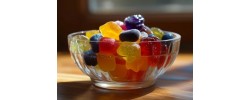
Source: https://www.poland-export.com/

See also:
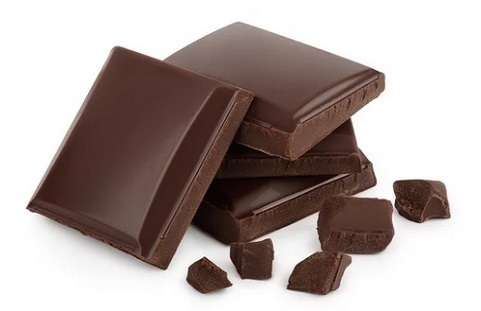
Chocolate and chocolate products from Poland
For years, Poland has been strengthening its position as one of the key exporters of chocolate products in Europe. Chocolate exports constitute an important segment of Polish foreign trade and cover a wide range of chocolate products

Cherry Export. Polish Cherries Around the World
The export of cherries from Poland is playing an increasingly important role in the international fruit market.

Cosmetics export. Cosmetics from Poland
The export of cosmetics and toiletries from Poland is developing at a dynamic pace, thanks to which Poland has gained the status of one of the leaders in the production and sale of these products in Central and Eastern Europe

Export of Windows: Window Joinery from Poland
Poland has been playing an important role on the international window market for many years, being one of the largest window exporters in the world.

FTA - Free Trade Agreements: Do They Exist and Can They Lower Tariffs?
Free Trade Agreements (FTAs) are key tools in international trade policy, aimed at reducing trade barriers...
Help needed ?
If you have not found the desired product, company, service or the searching results are not satisfactory for you, do not hesitate to contact us and tell what you are looking for or what you need. We will send your inquiry directly to the interested companies.
Write to us

 pl
pl  en
en  de
de  es
es  fr
fr  it
it  pt
pt  ru
ru  sv
sv 


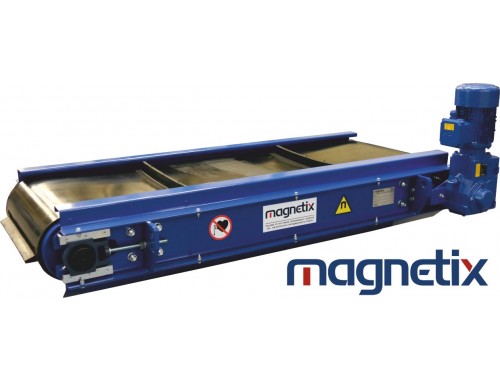
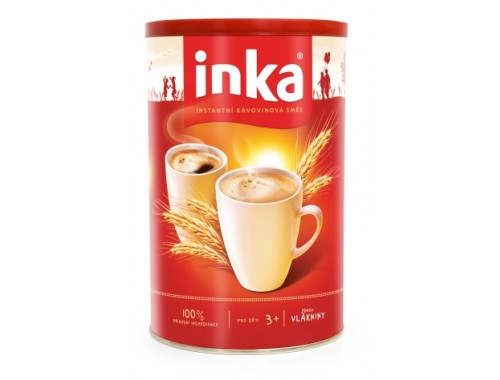





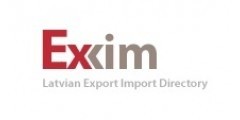



.jpg)

